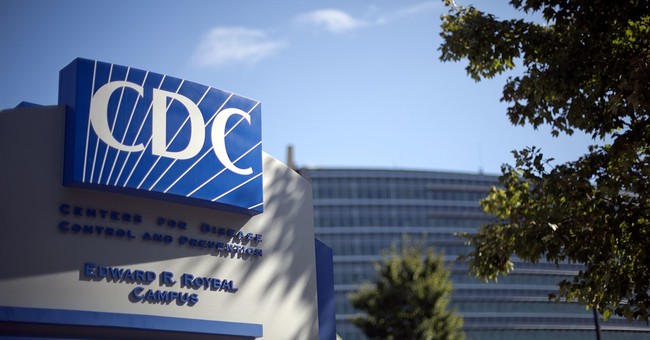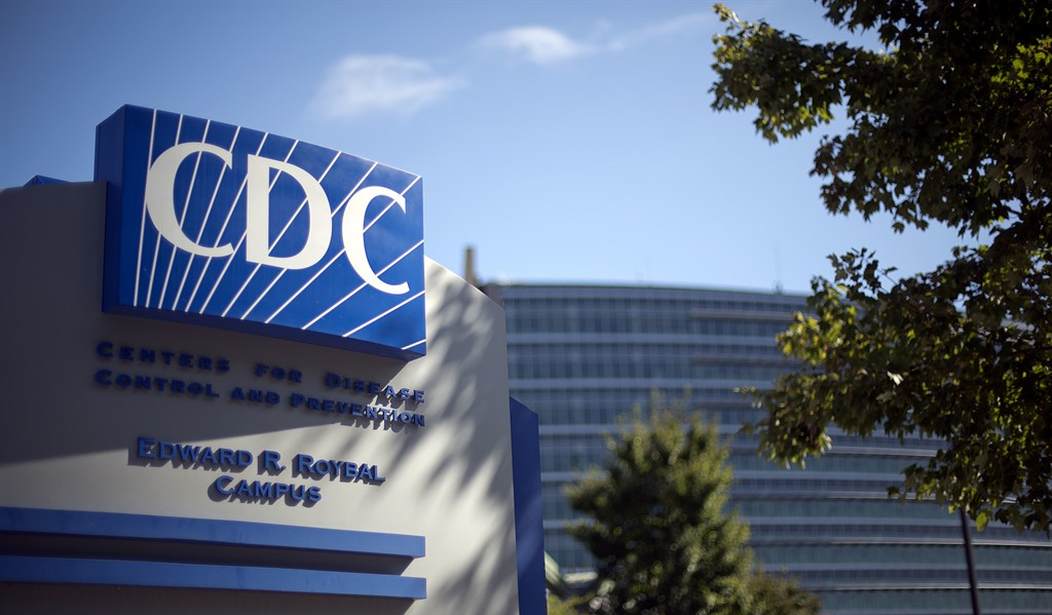
When journalists or activists want facts, they look for authoritative sources. When it comes to injuries and illnesses, you go to the Centers for Disease Control and Prevention. The CDC compiles all the relevant information, including data on gun injuries and fatalities.
It’s supposed to be the authoritative source.
However, FiveThirtyEight took a look at the CDC’s data on firearm injuries and found something very interesting.
For journalists, researchers and the general public, the Centers for Disease Control and Prevention serves as an authoritative source of information about Americans’ health, including estimates of how many people are killed or injured by guns. The agency’s most recent figures include a worrying uptick: Between 2015 and 2016, the number of Americans nonfatally injured by a firearm jumped by 37 percent, rising from about 85,000 to more than 116,000. It was the largest single-year increase recorded in more than 15 years.
But the gun injury estimate is one of several categories of CDC data flagged with an asterisk indicating that, according to the agency’s own standards, it should be treated as “unstable and potentially unreliable.” In fact, the agency’s 2016 estimate of gun injuries is more uncertain than nearly every other type of injury it tracks. Even its estimates of BB gun injuries are more reliable than its calculations for the number of Americans wounded by actual guns.
An analysis performed by FiveThirtyEight and The Trace, a nonprofit news organization covering gun violence in America,1 found that the CDC’s report of a steady increase in nonfatal gun injuries is out of step with a downward trend we found using data from multiple independent public health and criminal justice databases. That casts doubt on the CDC’s figures and the narrative suggested by the way those numbers have changed over time.
In response to a detailed list of questions and an analysis memo showing that there may be issues with its gun injury data, a CDC spokesperson said in an email that the scientists involved in gathering and analyzing the data “are confident that the sampling and estimation methods are appropriate.”
To produce its estimates of gun injures, the CDC uses data collected by the Consumer Product Safety Commission. We asked the commission about the single-year jump of 31,000 gun injuries, and a spokesperson replied, “Although visually, the [CDC] estimates for firearm-related assaults appear to be increasing from 2015 to 2016, there is not a statistically significant difference between the estimates.”
Over a dozen public health researchers reviewed The Trace and FiveThirtyEight’s analysis and said that the inaccuracy of the CDC gun injury data has serious implications for the national-level understanding of gun violence.
“No one should trust the CDC’s nonfatal firearm injury point estimates,” said David Hemenway, director of the Harvard Injury Control Research Center.
Now, let’s also keep in mind that while FiveThirtyEight can be fairly unbiased–they’re all about statistics and what those statistics say, after all–The Trace is a blatantly anti-gun, activist journalism site dedicated to stamping out the Second Amendment. In essence, The Trace is the anti-Bearing Arms.
As such, it has no reason to cook the books. The CDC numbers do more to help its case than the reality.
So what’s at work here?
Well, that’s hard to tell. On one hand, it’s entirely likely that the CDC researchers simply got it completely wrong, that their methodology was flawed and they’re just going to stick with it.
On the other hand, the CDC has a history of trying to push an anti-gun agenda on the American people. The fact that this data is the direct opposite of what even The Trace found is awfully suspicious in light of that history.
And people wonder why gun research is effectively dead at the CDC.








Join the conversation as a VIP Member